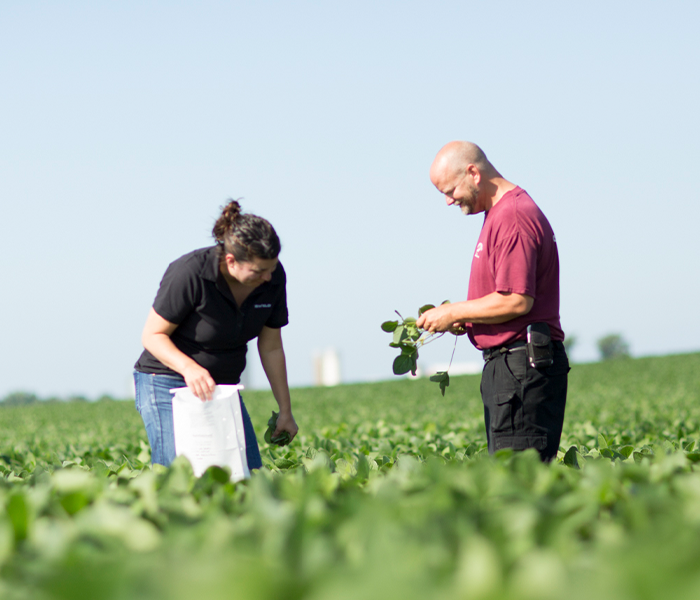Get the most bang for your buck.
As a producer, you want to get the absolute most out of your nutrient applications. Adding in AMS or Toggle can help you accomplish this.
Side dressing nitrogen has been more popular amongst Premier members the past few years due to more fine-tuned Nitrogen management and more hi-clearance custom application equipment to get the job done timely.
AMS
When doing a side dress application, we have found that adding AMS to the urea application is a good practice to help increase highly soluble sulfur. Sulfur is important for key plant functions, but plants can only take up S in the sulfate form, which AMS provides.
Blending AMS with urea at a rate of 25 lbs/ acre of sulfur (100 lbs. or more of 21-0-0-24S ammonium sulfate) will give corn the S boost it needs. The ideal time to side dress this blend is at the V4 to V6 stage.
Toggle
Toggle, a product that has been introduced from Italy, can help address stressed corn. It has helped minimize yield impact of Potash deficiency, thin soils, water logged soils, drought, and other environmental factors that limit corn yields. This product has been tested on the most challenging ground and has performed very well under adverse conditions. It is a perfect product for our trade area when conditions warrant treatments.
Before the window for nutrient application closes for the year, talk to your Premier Cooperative Agronomist to discuss the best options for your corn or soybean crop applications.
Danielle Messer
Crop Production Specialist



